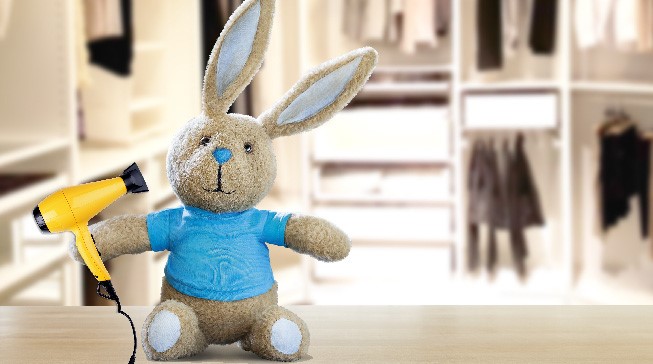
There are several items in your home that are quietly draining electricity and running up costs that could be avoided. By making simple changes to energy consumption throughout your home, you may be able to reduce your energy bills.
Find below a list of 10 items that you might be surprised to find are wasting energy in your home.
10 Surprising Energy Wasting Items in Your Home
1. On Standby
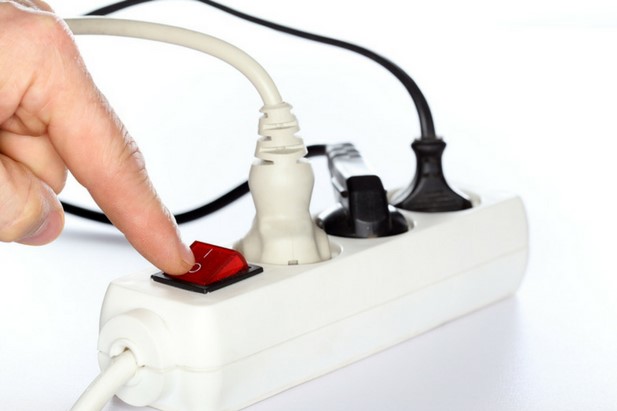
You may be surprised to learn that appliances use energy even when they are turned off, but plugged in. You can reduce this energy wastage by physically unplugging any un-used devices from the power socket.
The Energy Saving Trust estimates that an average household could spend up to £80 per year powering appliances in standby mode. One of the most surprising energy vampires could be your wireless router costing £21.92 per year on average whilst on standby. A laser printer on standby could cost over £18 and an iPad charger £12.18.
2. Empty freezers
Having an extra freezer for parties or seasonal festivities can be a great help for storing extra food. However, if your freezer is not in use it can generate around 103 kWh per month, which adds up to approximately £15 a month. Defrost and unplug freezers when they are not in use to cut your energy costs.
3. Lit Up

You may not be surprised to learn that lights in your home can be one of the biggest energy wasters. However, it may come as surprise that they can account for as much as 15% of your electricity bill each year. If you sleep with hall lights or lamps on at night, consider turning these off before going to bed. Alternatively, apply a timer so you only have lights on for the time they are required.
4. Dishwasher Running on Empty
It might seem convenient to turn on the dishwasher at night – even if it’s half full - or when you’re not in the mood to wash up a few dinner dishes. However, running your dishwasher at just half full could cost you money in your home. Ensure you only run it when it’s completely full. Good Housekeeping has a step-by-step guide on how to
load your dishwasher efficiently.
5. Tumble Dryer Has Had its Day
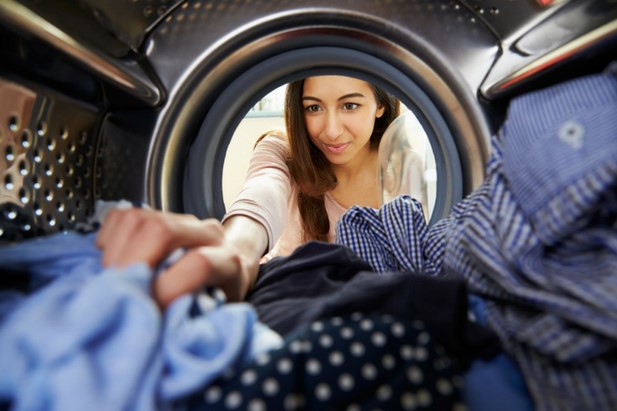
If your tumble dryer is an older model with an energy rating of B or C,
Which? suggests that it could be costing you more than running an A rating appliance over its lifetime. New technological developments have seen running costs of the best performing dryers fall into line with dishwashers, and even washing machines.
6. Hefty Hair drying
Depending on the model you use, a hairdryer could run up sizeable energy costs in your home. In fact, it could cost – on average - as much as 46p per week according to
Good to Know. For those who dry their hair regularly, it might be worth thinking about limiting your hairdryer use and, if possible, drying your hair naturally, especially as the weather starts to pick up.
7. Timely Thermostat
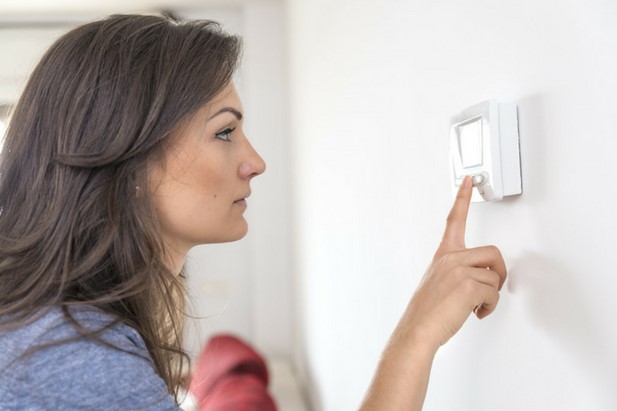
Many of us go through the year without adjusting the temperature on the thermostats in our home. We soon get accustomed to a warmer temperature and it becomes harder to adjust downwards. Ensure that you reduce your thermostats after colder spells and if you can set timers for heating, apply those so heat is only being generated at the times when you need it.
8. Vanity Mirrors
In recent years, there has been a growing popularity around having lit-up mirrors in bathrooms. Just think, some of these mirrors may have up to 10 bulbs each, and therefore have the potential to soak up a lot of energy in your household.
Applying energy-saving bulbs could lower the cost of running these appliances.
Energy Star certified bulbs — such as halogen incandescent, compact fluorescent lamps (CFLs) and light-emitting diodes (LEDs) — use 25–80 percent less energy (
energy.gov) than traditional incandescent bulbs and last up to 25 times longer. These bulbs still provide a bright, warm light which will enable you have all the light you need for your bathroom.
9. A Nosey in Your Refrigerator
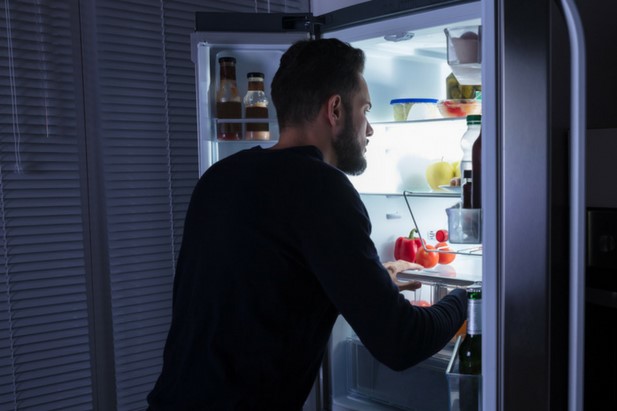
You might not spend hours on end staring into the refrigerator, however, when it all adds up, people spend up to 10 hours looking at an open fried or freezer each year. Plus, many will often leave a refrigerator door lying open. Try to plan your meals in advance and prepare ingredients at once to limit your opening and closing times.
10. A Costly Cuppa
When boiling the kettle for a cuppa do you fill it full each time or simply boil as much as you need? A full kettle of water could cost 2.5p to boil. This may not sound like much, however, added up, 10 boils of the kettle per day could amount to over £90 per year.
It will pay to only boil as much water as you need and even better, substitute tea and coffee for a pint of water to rehydrate your body.
Do any of these items come as a surprise to you?
Share your thoughts using our hashtag #SmarterLiving and let others know how they could be saving energy in their home.